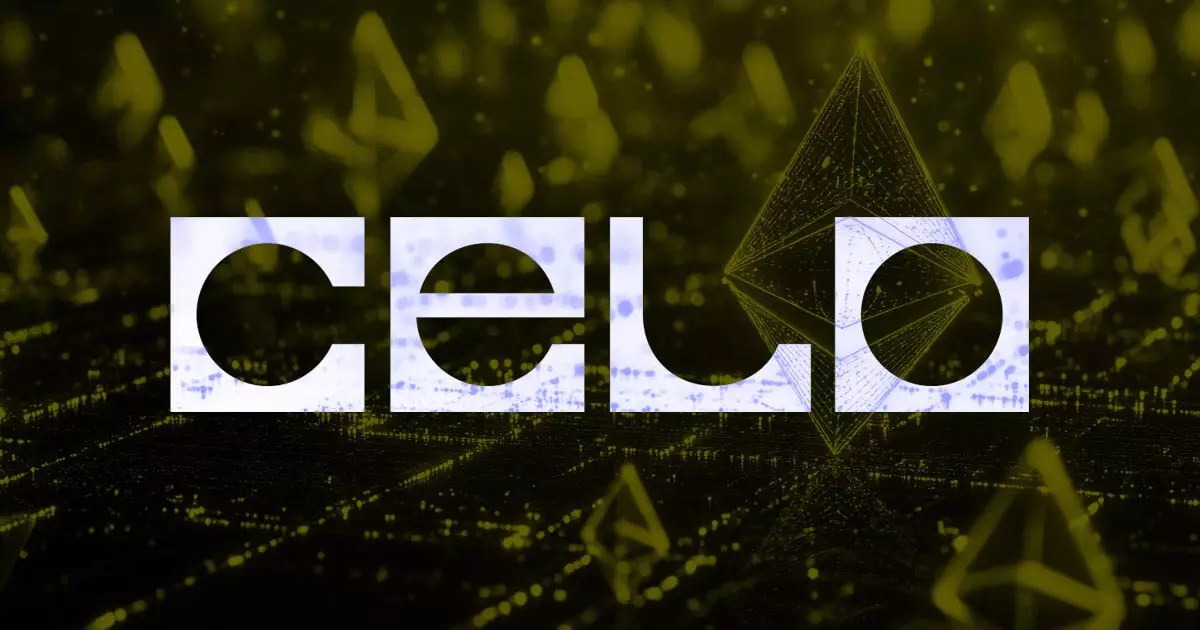Celo, a notable player in the blockchain ecosystem, has recently found itself at the center of controversy following its intended migration to an Ethereum Layer-2 network within Optimism’s Superchain framework. Such a transition is critical for enhancing scalability and efficiency, but it has not been without its complications. The announcement from Coinbase, one of the largest cryptocurrency exchanges in the U.S., stating it would not support this migration, resulted in a significant 5% drop in Celo’s native token value, signaling investor uncertainty and market volatility.
Coinbase’s decision not to support Celo during this pivotal transition has drawn criticism from various community stakeholders. The reaction was swift and negative; the Celo network’s CELO token’s value dropped to approximately $0.81039 right after the news broke. The CEO of Celo’s development firm, cLabs, Marek Olszewski, did not hold back his disappointment, suggesting that Coinbase’s stance could set a concerning precedent for other Ethereum-based Layer-1 blockchains contemplating similar avenues for scaling solutions. This raises profound questions about the long-term viability of collaborative efforts within the Ethereum ecosystem if leading exchanges display hesitance.
In stark contrast to Coinbase’s position, other exchanges, such as Kraken, have expressed unequivocal support for Celo’s transition. Andrew Koller, a prominent figure at Kraken’s Inkchain, confirmed that they would develop infrastructure to ensure a seamless migration for Celo users. This divergence among exchanges illustrates the fragmented ecosystem that exists within the crypto market. While some platforms may choose caution, others, like Kraken, recognize the long-term benefits of supporting such transitions.
Moreover, the proposed renaming of the existing Layer-1 chain to “Celo Gold (CGLD)” exemplifies Olszewski’s attempt to cater to Coinbase’s existing support framework. This strategic pivot could provide a more palatable entry point for Coinbase to revisit their support for Celo’s upgrade, aiming to ensure ongoing adoption and integration.
Sreeram Kannan, founder of EigenLayer, has speculated that Coinbase’s decision may not stem from a position of outright opposition, but could rather be an oversight. Such an interpretation hints at a deeper complexity in the operations of major exchanges, where decision-making can often be influenced by regulatory and operational constraints. Kannan’s encouragement for Coinbase to reconsider reflects a broader hope among community members that the exchange will ultimately line up with the evolving landscape of Layer-2 solutions.
The unfolding tensions surrounding Celo’s migration highlight significant challenges faced by blockchain ecosystems in navigating partnerships with exchanges. As operational and regulatory complexities loom, it remains critical for projects like Celo to maintain open lines of communication with major exchanges, ensuring their strategies remain aligned with the needs of the community and the broader market. Understanding these dynamics is essential for blockchain projects aiming to achieve seamless integration within the rapidly evolving digital finance landscape. The fate of Celo and its CELO token serves as a cautionary reminder of the intricate web of relationships and challenges that define the cryptocurrency world today.


Leave a Reply